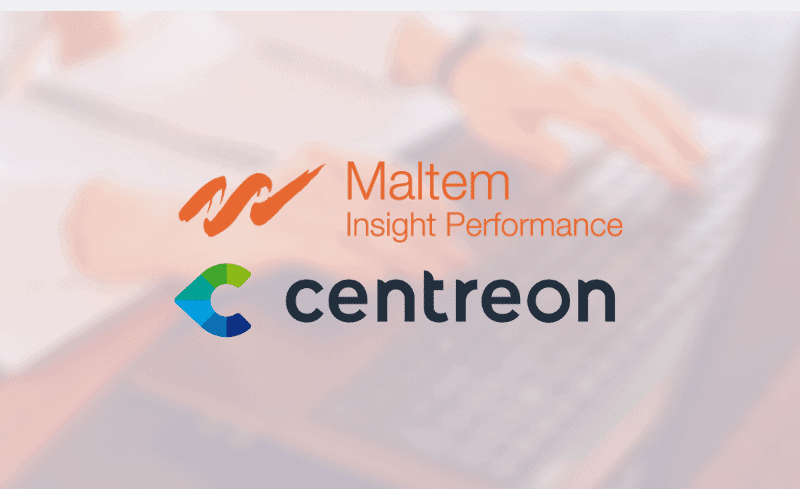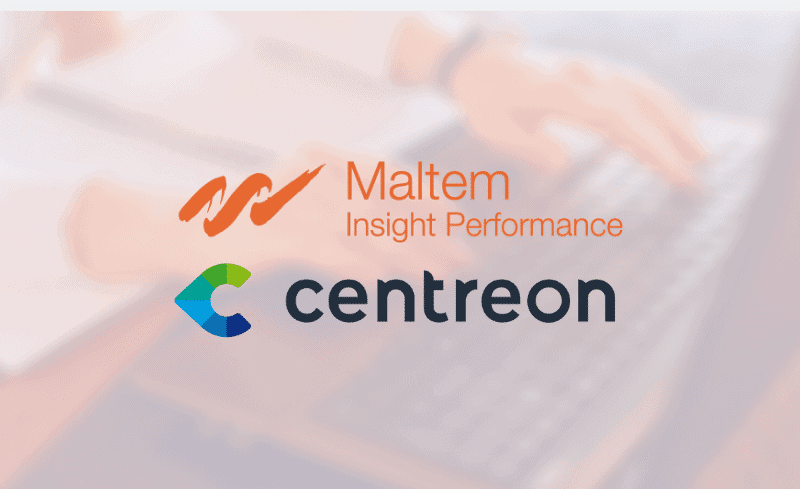
Maltem Insight Performance and Centreon for user experience
All the indicators are green, and yet users are complaining about slowness. IT teams try to reproduce the incident, in vain…. Does this remind you of anything?
It is on this issue that user experience oriented IT supervision was born. Also called Digital Experience Monitoring (DEM) and sometimes associated with Application Performance Monitoring (APM), by bringing to light the real feelings of the users, the supervision of the machines that make up the information system and the chain that links the employee to the business tools is ideally completed.
What is user experience measurement?
Not to be confused with technical APM, user-feeling IT monitoring is based on business scenarios played out 24/7, which reproduce the actions of users in the organization’s real environment. Coupled with network monitoring, the resulting metrics promote communication between IT teams and facilitate IS governance.
Why measure the user experience?
1- Visualize the performance of web applications AND fat clients
Although full cloud is a growing trend, there are still many companies organized as hybrids. SaaS applications thus coexist with fat client applications (a thought for SAP R3). It is therefore necessary to have an IT monitoring strategy that allows the visualization of the performance of these two types of architecture, and therefore covers all critical applications.
A complementarity between technical and user experience measures is ideal. It allows for easier troubleshooting and more fluid discussions within the IT department and with employees.
2- A state of play in the real environment
By real environment, we mean to reproduce the chain that connects the human user to the application he uses. The interest of replicating the AD account, the browser under GPO, the SSO, or the use via Citrix is that it is common that individually, all these tested components are green. While it is often the case that a user’s reported slowness is related to the combination of their browser using a cloud proxy and a particular SAML authentication…
Also, if the performance initially delivered by the suppliers or the company is excellent, once integrated in this environment it is degraded.
Combining Centreon’s technical metrics with the user experience metrics from the MIP Solution provides a reliable global view and therefore shortens troubleshooting.
3- Get the facts for clear communication
Even if the trend is towards agility, IT teams are still very often organized in silos. Application on one side, networks on the other. In the middle we find the HelpDesk, and up there the IT decision makers.
What’s at stake? Different tools, opposite metrics, and a heterogeneous language. With the addition of the MIP Solution metrics, Centreon becomes a unique tool that centralizes the data necessary to resolve IT incidents and make decisions.
The screenshots and error replay videos are factual, the dashboards clear, and the IT supervision understandable by all levels.
4- Be proactive
Reactivity, or the art of solving a problem once the user’s frustration has set in… This is where the maturity of supervision comes in!
This new way of organizing is not something that happens overnight, but scripted application metrics are a key part of it.
With 24/7 business testing, it is now possible to resolve an incident before the user even contacts the HelpDesk. And by coupling these MIP metrics with Centreon metrics, the entire IT organization goes to the next level by finding sustainable solutions to performance degradations.
5- Measuring the SLA
Next step ? As an extension of proactivity, we identify the supervision of the subscribed commitments, the monitoring of the SLA (Service Level Agreement). Response time of the provider to a breakdown, rate of availability of a service, or intervention of third parties are elements that make up this contract of commitment.
The load page made available by the SaaS or service provider is insufficient because, as we highlighted earlier, performance is degraded in the enterprise environment. The advantage of the MIP Solution business scenario metrics is that your Centreon dashboard will show monitoring of these providers 24/7, outside of office hours. This is a measure of the availability rate announced in its entirety, and not just between 8am and 6pm from Monday to Saturday.
Economies of scale can be achieved through seamless negotiations. The screenshots and video replay can’t lie, as well as the data analysis based on the thresholds of your contracts.
How to implement user experience measurement?
1- A relevant measurement strategy
In accordance with your network and server supervision on Centreon, the architecture of your organization, and the business needs, an audit and a measurement strategy is established. The creation or updating of the latter brings many advantages to the user experience measurement project:
- Clear metrics : fewer “draft” measures for optimal readability and better understanding of the IT incident from the end-user’s perspective
- Optimized alerts Nothing worse than a constant stream of alerts. Priorities must be taken into account, thresholds must be established according to the degree of importance.
- Updated indicators Less “ghost” metrics created by predecessors and for which neither the usefulness nor the correspondence is known.
- Operational continuity guaranteed, with adapted measures and dashboards, common to Centreon and the MIP Solution.
- Can lead to concise and understandable month-end dashboards.
Once the contours and details are well defined, the pilot can begin the final checks.
2- Scenarios developed and maintained 24/7 by MIP teams
Many companies have tested the development of business scenarios internally. Delegation in the background, lack of specialization of the team, or simply abandonment in favor of the operational, these projects fail regularly and especially in time. This is why Maltem Insight Performance develops and maintains all coded UX scenarios (managed service) according to the interface changes.
The advantage? IT teams focus on analyzing Centreon dashboards and troubleshooting incidents!
